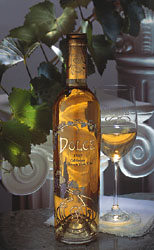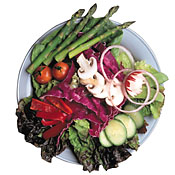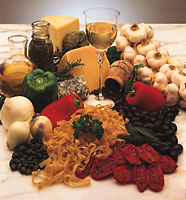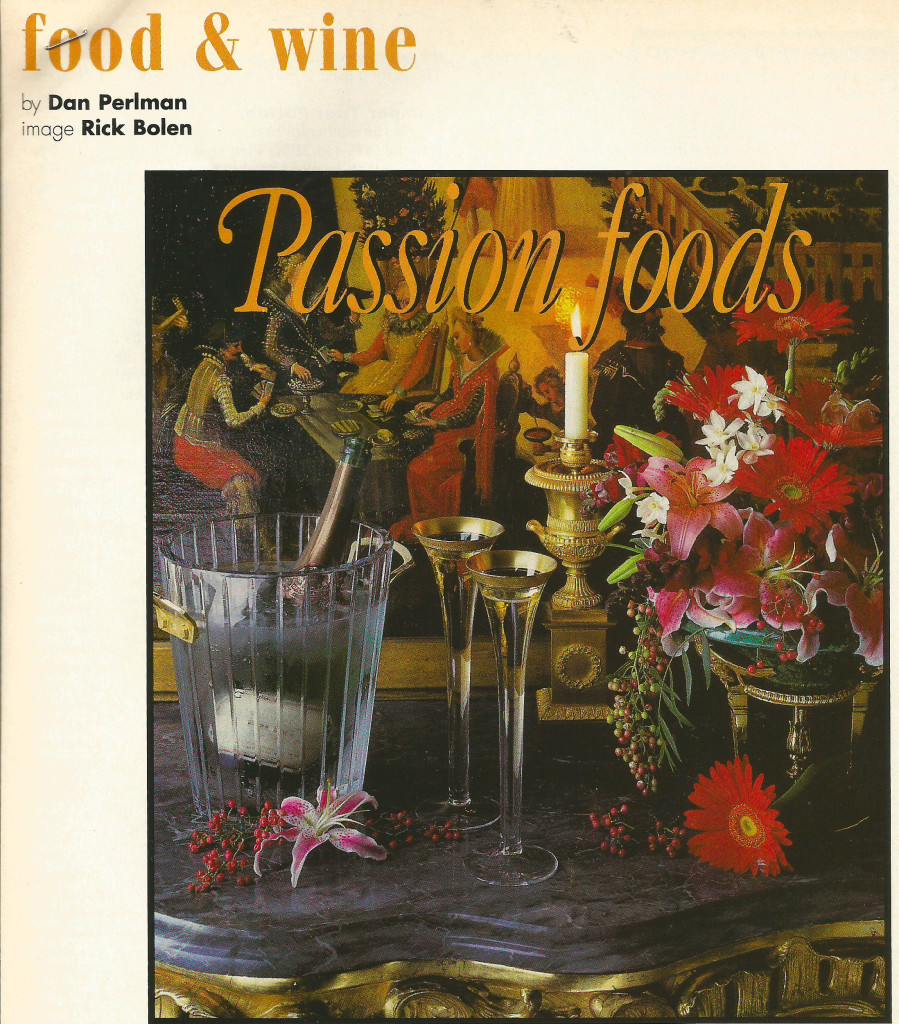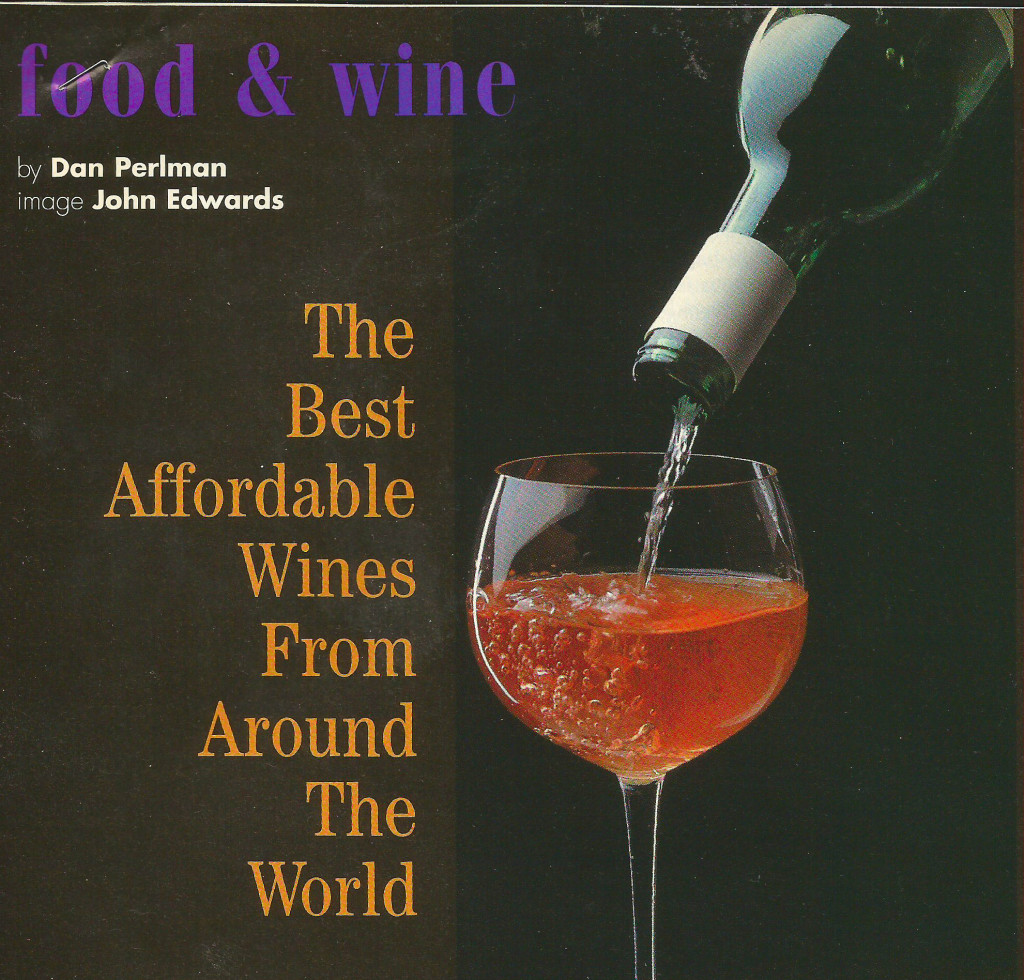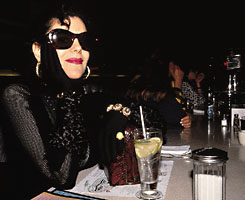Destination: Singapore
January 1998
Pages 43-44
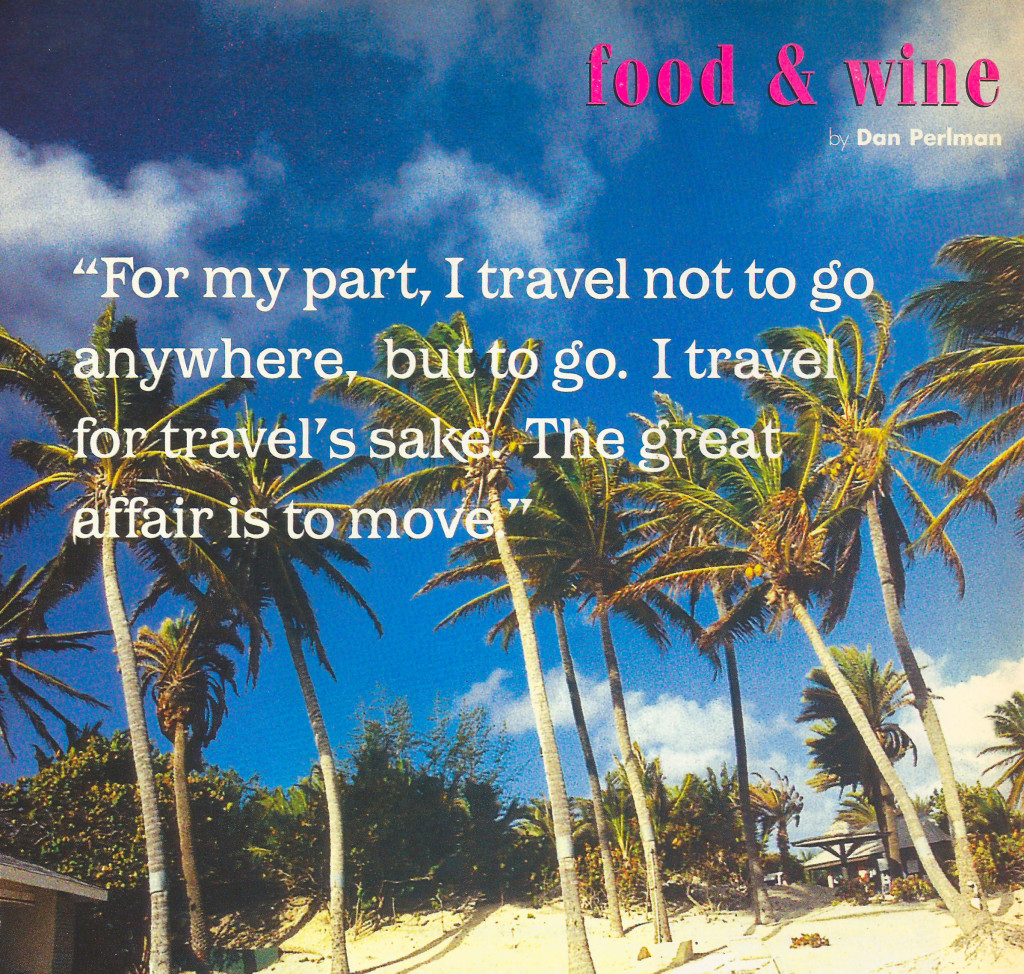 At the time when Robert Louis Stevenson (the Treasure Island guy) penned these words, few people could afford either the time or the money to truly travel. Today, it costs more, and takes a bigger investment of time and effort, to meet someone and go on a really nice date than it does to hop on a plane and jet off to somewhere exotic. And besides, a great affair sounds good to me.
At the time when Robert Louis Stevenson (the Treasure Island guy) penned these words, few people could afford either the time or the money to truly travel. Today, it costs more, and takes a bigger investment of time and effort, to meet someone and go on a really nice date than it does to hop on a plane and jet off to somewhere exotic. And besides, a great affair sounds good to me.
A few years back, I had the opportunity to spend a day with food writer Craig Claiborne. I came away admiring his willingness to go in search of the exotic. When he decided to see what white truffles were all about, did he make reservations at his local trattoria? When he read about cassoulet, did he wander in to the closest bistro? When someone told him the local takeout had inauthentic spring rolls, did he go downtown and try the fancy place? No. He grabbed his passport and zoomed off to Piemonte, Gascogne or Saigon.
I like that. As a dyed in the wool food and wine type of guy, I may love to cook, eat and drink at home, and I may enjoy my local eateries, but more than anything else, I love to move – to get on a train, plane or boat and head off to where I can sample “the real thing.”
This, of course, makes it difficult for me now to give you a couple of recipes and some wine suggestions that you can make at home. I know you’re busy “surfing” the web for the latest “kewl” Java applet, you’ve got this week’s episode of Buffy playing on your VCR in the background, and I know that they just opened a great new Ecuadorian-Welsh pasta place down at the corner. But my hope is that you’ll try the recipes, drink some wine, and say, “you know, I think I might be missing something. Maybe I need a flight and a hotel reservation.”
My youngest brother lives in Singapore and I’ve been planning to visit him for, well, awhile. Perhaps these local dishes will inspire one of you to get there first. If so, tell him “hi” for me.
Singapore Chicken
4 dried red chiles
1 large onion
3 cloves of garlic
1/4 cup of cooking oil
1 tablespoon dark brown sugar
3 pound chicken, cut in serving pieces
4 tablespoons soy sauce
4 tablespoons sherry or rice wine vinegar
2 tablespoons water
Crumble the chiles and finely chop the onion and garlic. Saute in the oil until the onion softens and turns translucent. Add the sugar and continue cooking, stirring regularly, until the onion browns. Add the chicken and fry until browned. Combine the remaining ingredients, pour over chicken, cover and simmer for 15-20 minutes. Remove the cover and continue to cook over medium heat for 30 minutes, till chicken is tender and cooked through – baste with the sauce regularly. Serves 4-6.
Singapore Noodles
½ lb dry thin rice noodles
4 ounces Chinese mushrooms
4 dried red chile peppers
4 scallions
4 ounces shredded barbecue pork
4 ounces small shrimp
4 ounces fresh peas
4 eggs
1 tablespoon minced garlic
2 teaspoons minced ginger
2 tablespoons soy sauce
3 tablespoons curry powder
2 tablespoons rice wine
1 tablespoon sugar
1 teaspoon salt
1 cup coconut milk
1 cup chicken stock
1 tablespoon sesame oil
3 tablespoons cooking oil
Combine stock, coconut milk, garlic, ginger, soy sauce, curry power, rice wine, sugar and salt and bring to a simmer. Allow to simmer for ten minutes. Set aside and keep it warm. Chop mushrooms and scallions. Heat cooking oil till very hot and saute mushrooms till soft, add scallions and cook two minutes more. Add pork, shrimp and peas. Loosely beat eggs and then quickly toss in with sauteed ingredients, keeping the mixture moving so that as the egg cooks it breaks up into shreds. Meanwhile, cook noodles in boiling salted water till soft. Drain and toss with saute ingredients. Add curry sauce and toss well. Sprinkle lightly with sesame oil and serve. For garnish, if you wish, top with shredded basil leaves. Serves 4.
Spicy foods like this require wine with just a touch of sweetness for balance. Personally, I would go for a good Gewurztraminer. This grape provides a delicious counterpoint to the spice, some ripe upfront fruit, and a beautiful quality of lychee nuts and roses that works perfectly with many Asian dishes – including this one.
In my opinion, Alsace makes some of the best Gewurztraminer out there, and your choice of Zind-Humbrecht (if you want to splurge), Domaines Schlumberger, Trimbach, or Ernest Burn would all work beautifully. There are also some wonderful domestic choices and you would not be remotely disappointed with a bottle from Bouchaine, Covey Run, DeLoach, or Sakonnet Vineyards.
Q San Francisco magazine premiered in late 1995 as a ultra-slick, ultra-hip gay lifestyle magazine targeted primarily for the San Francisco community. It was launched by my friends Don Tuthill and Robert Adams, respectively the publisher and editor-in-chief, who had owned and run Genre magazine for several years prior. They asked me to come along as the food and wine geek, umm, editor, for this venture as well. In order to devote their time to Passport magazine, their newest venture, they ceased publication of QSF in early 2003.

